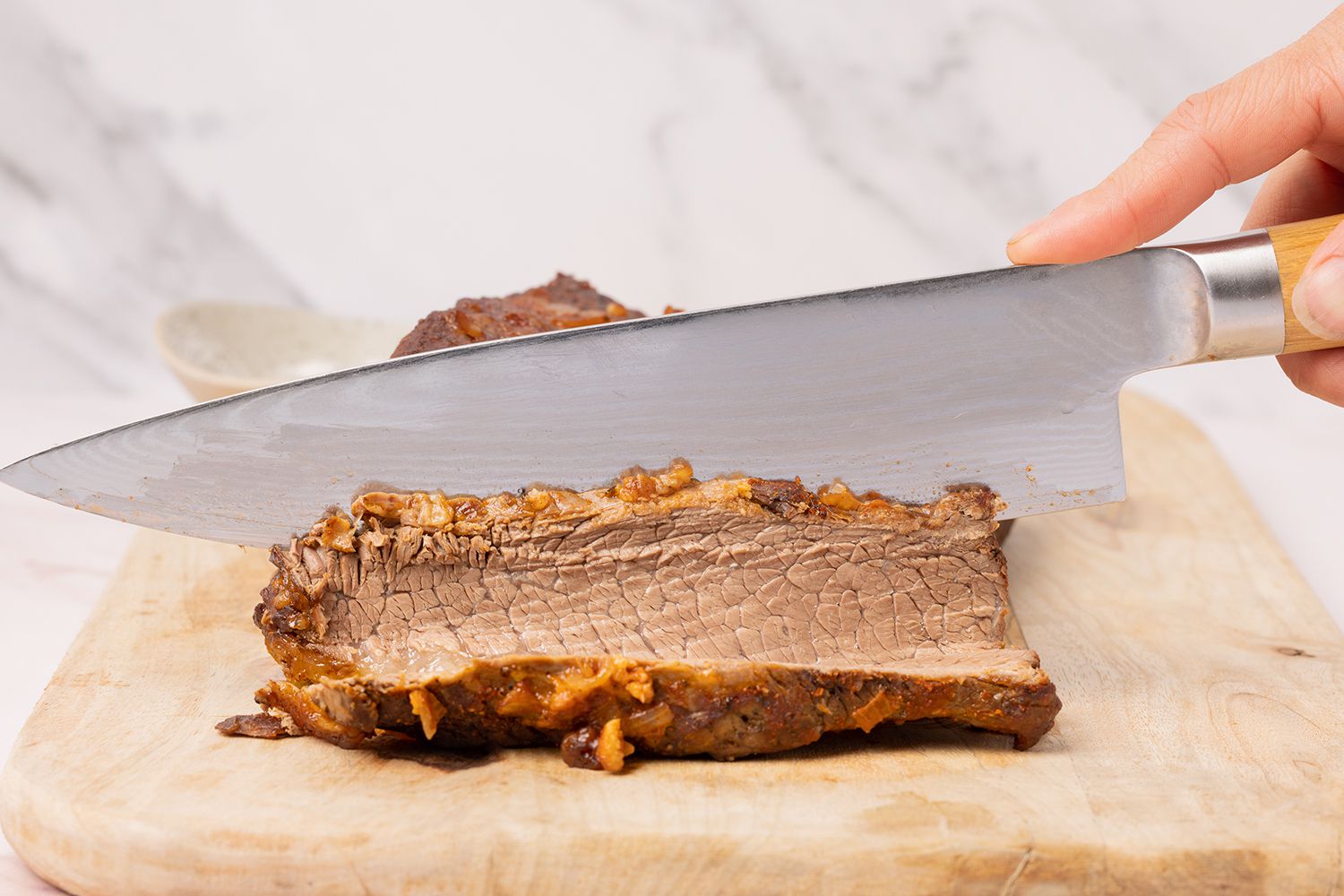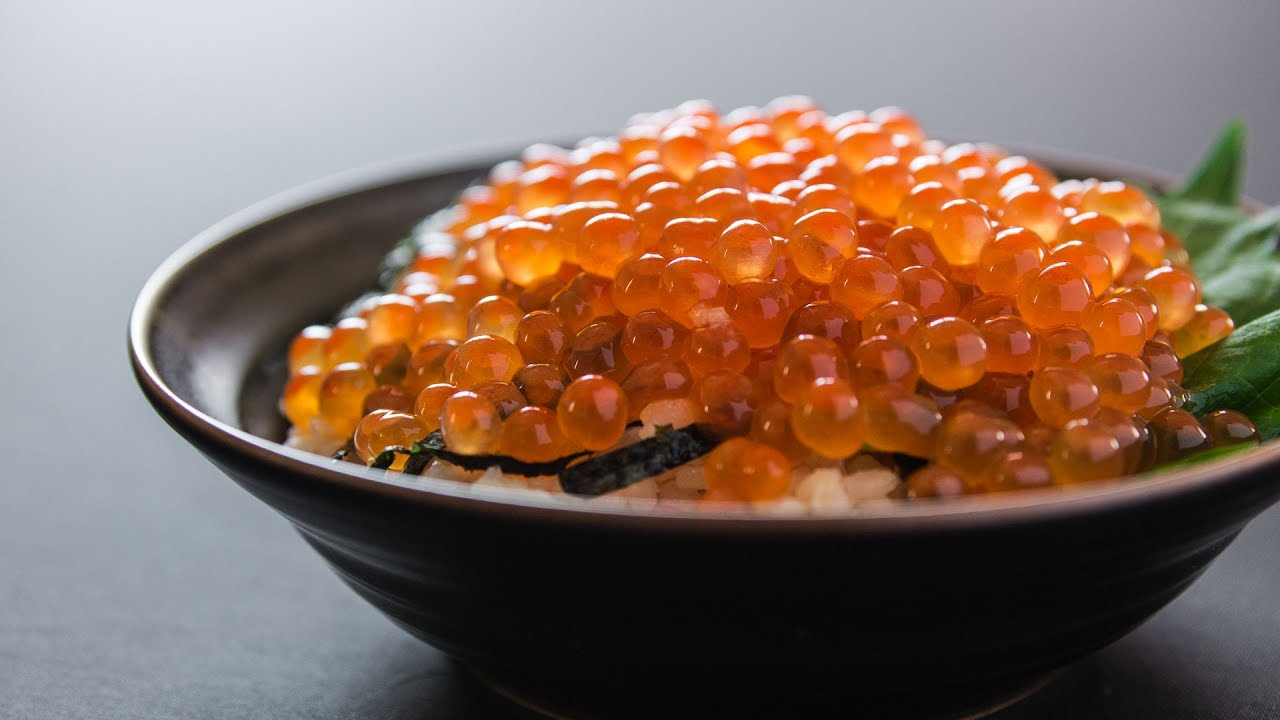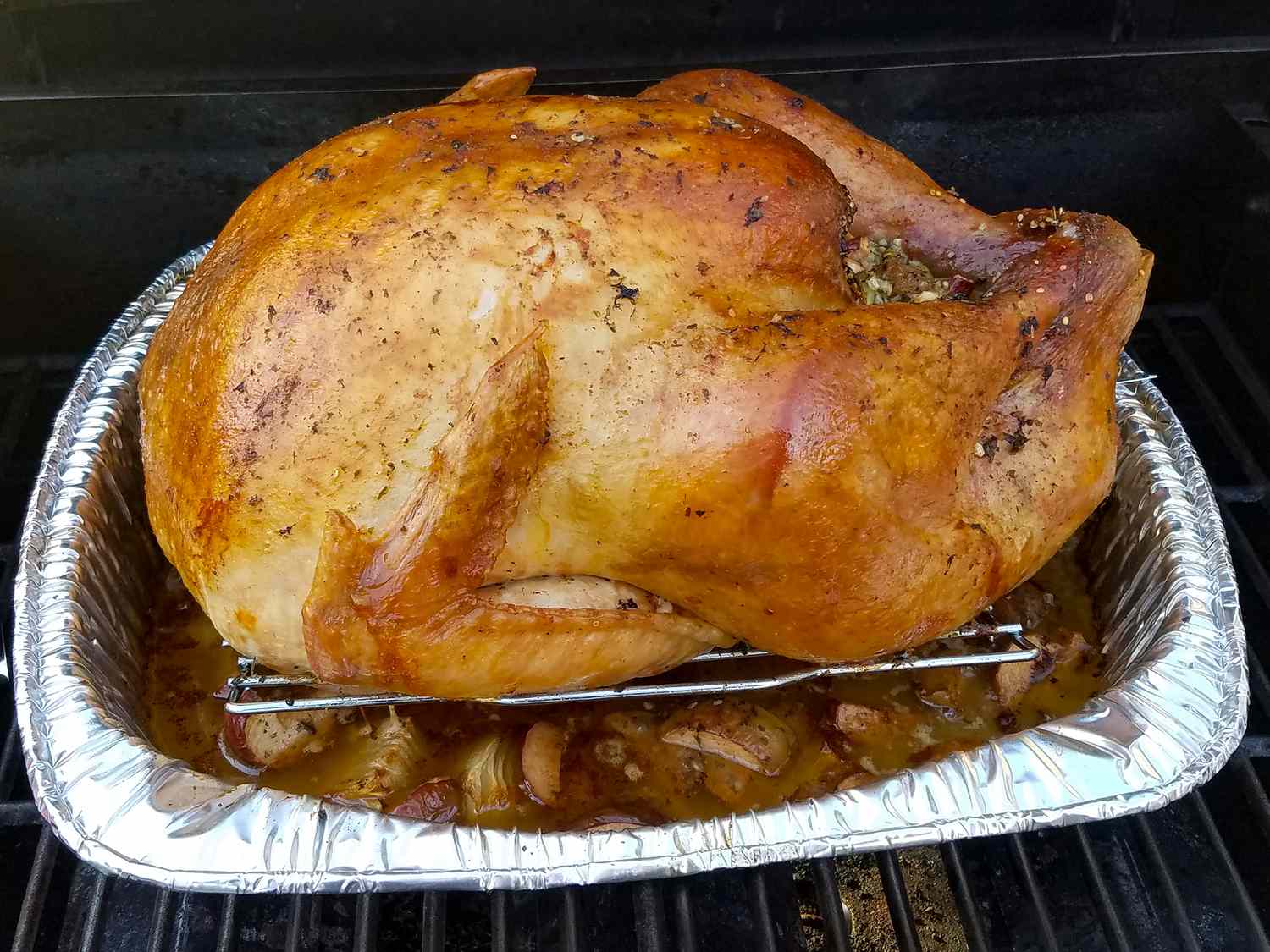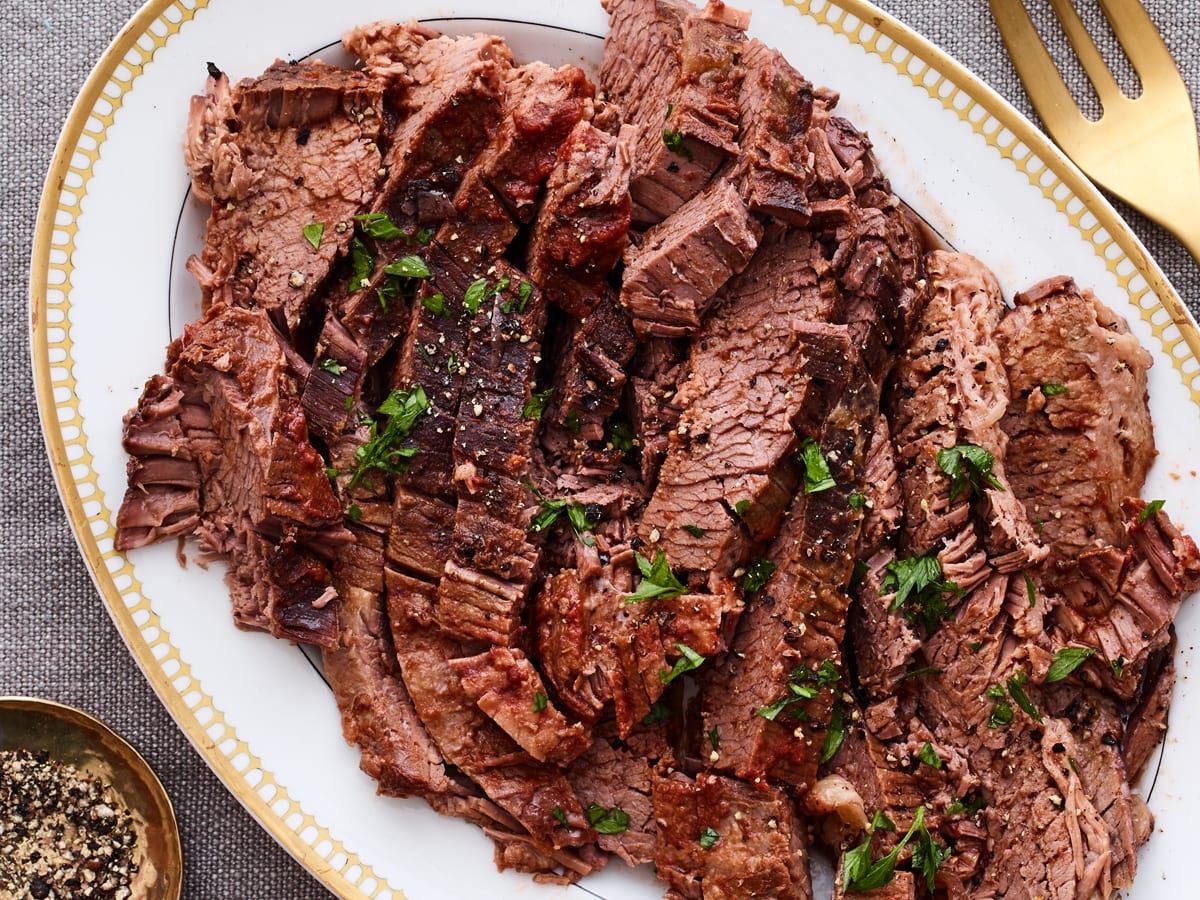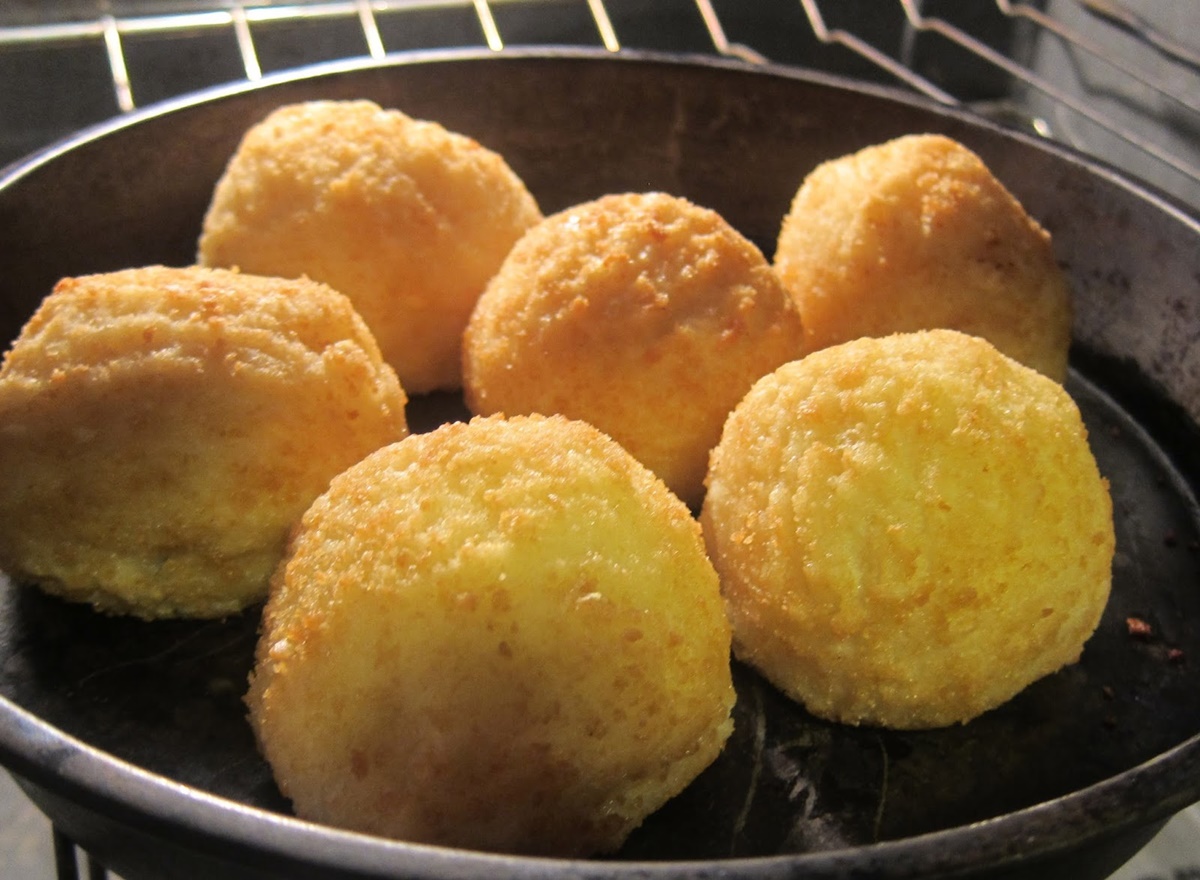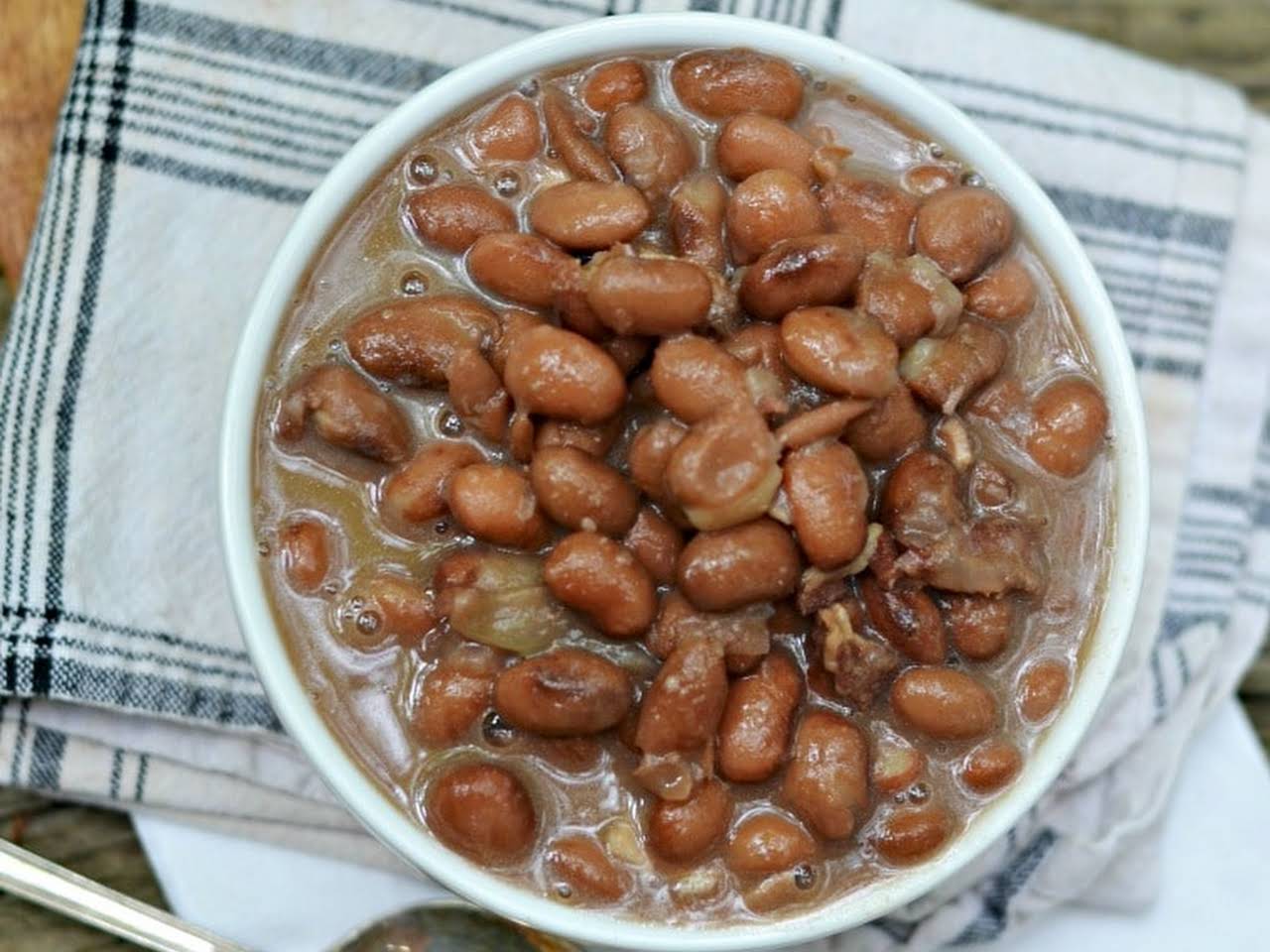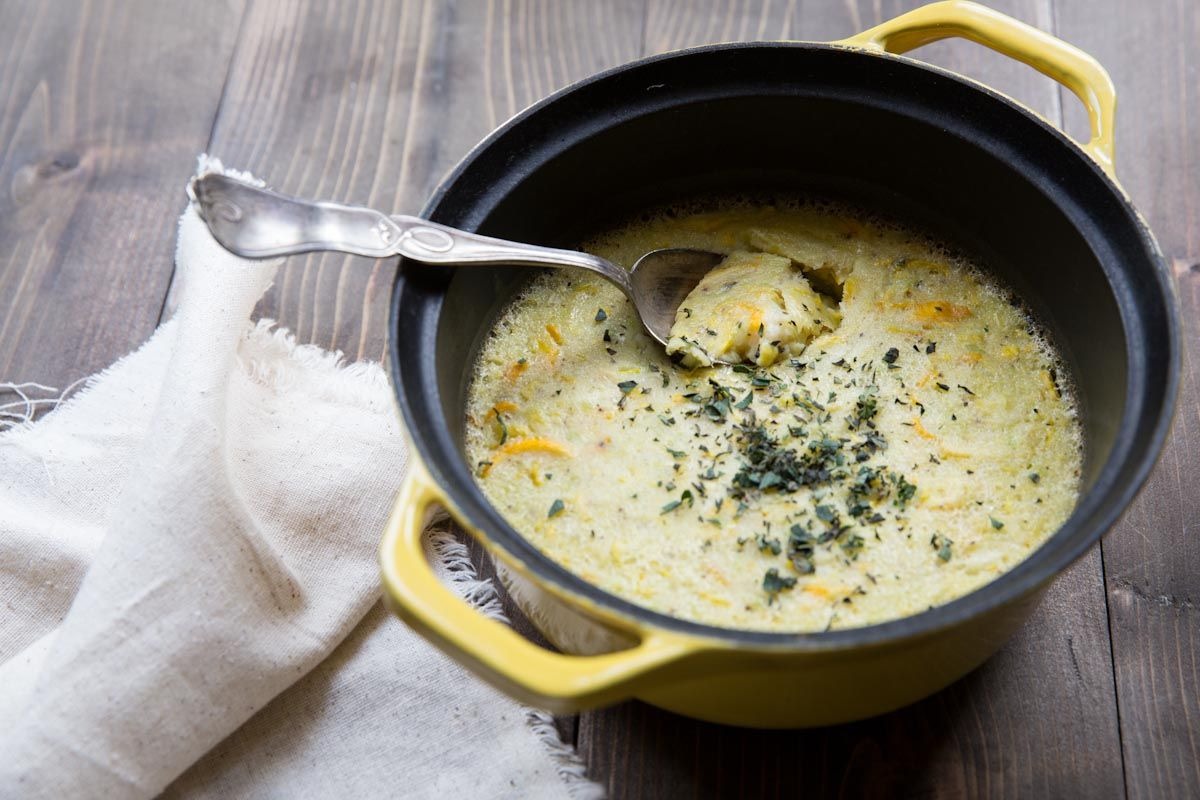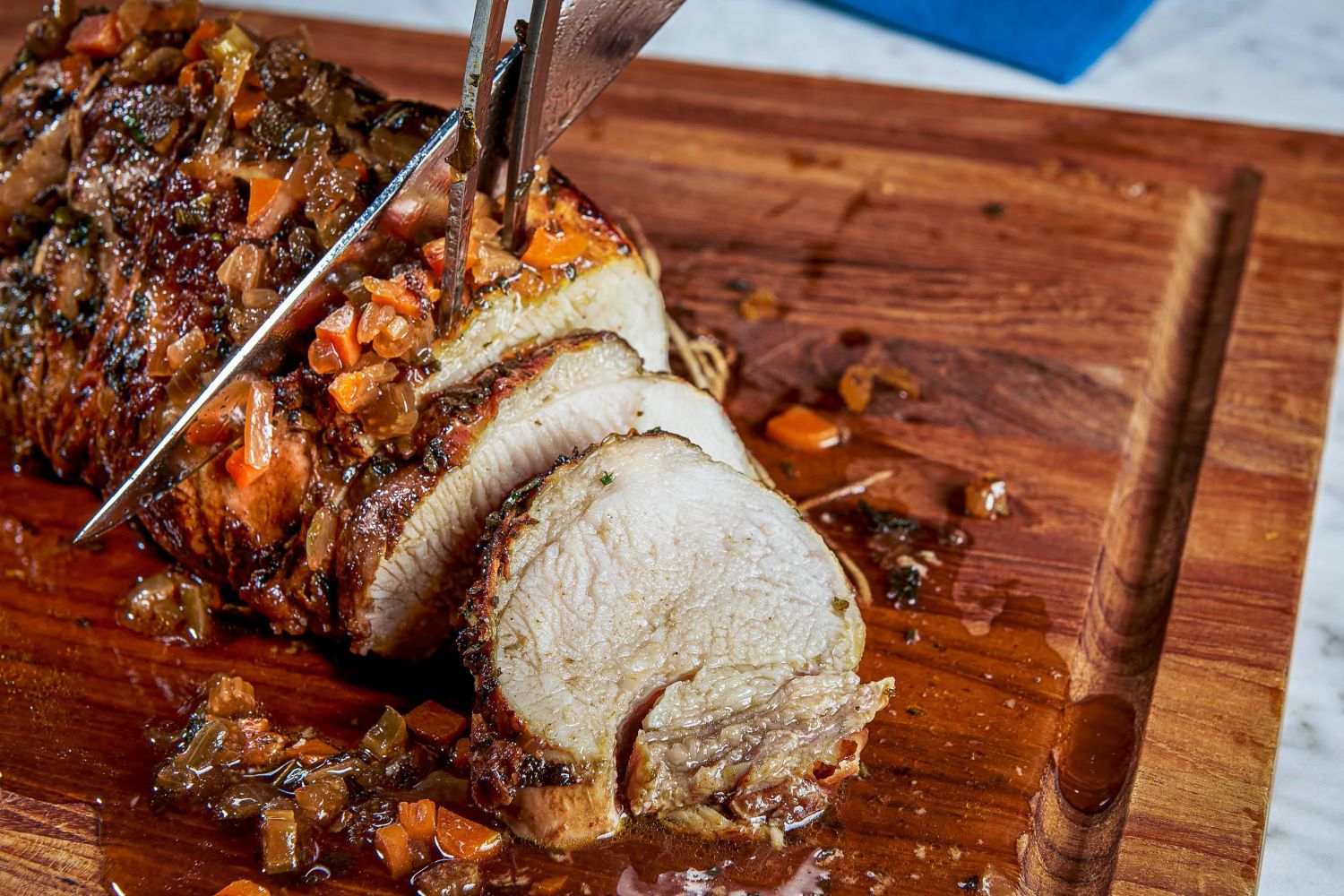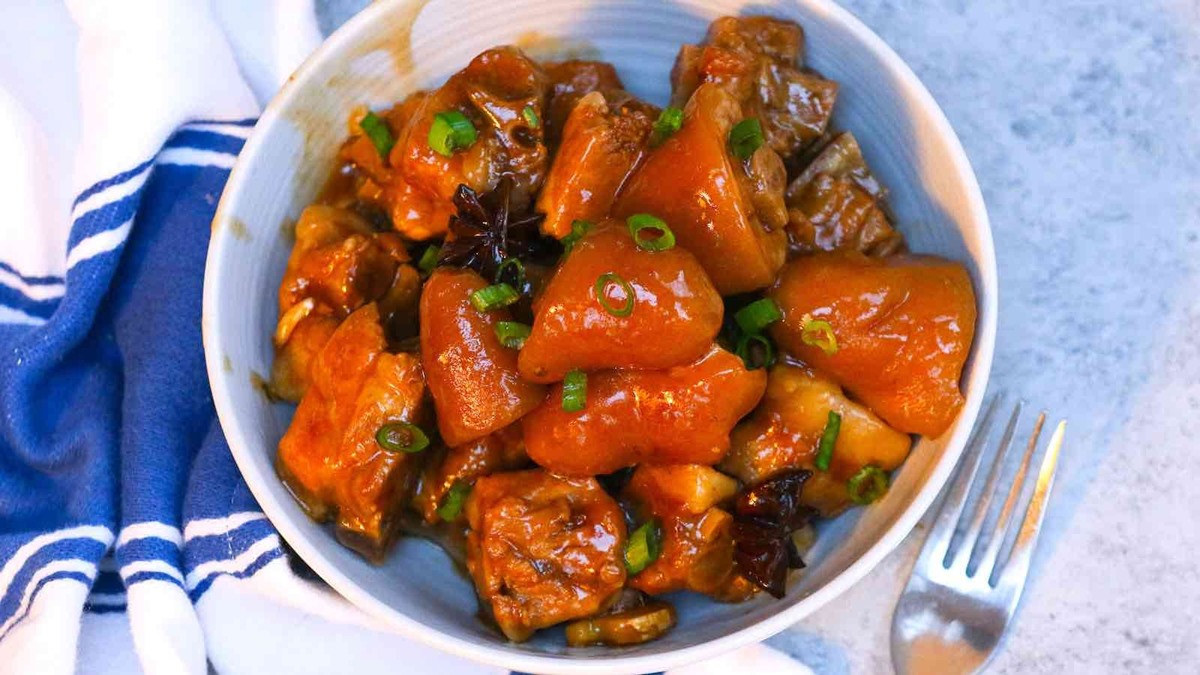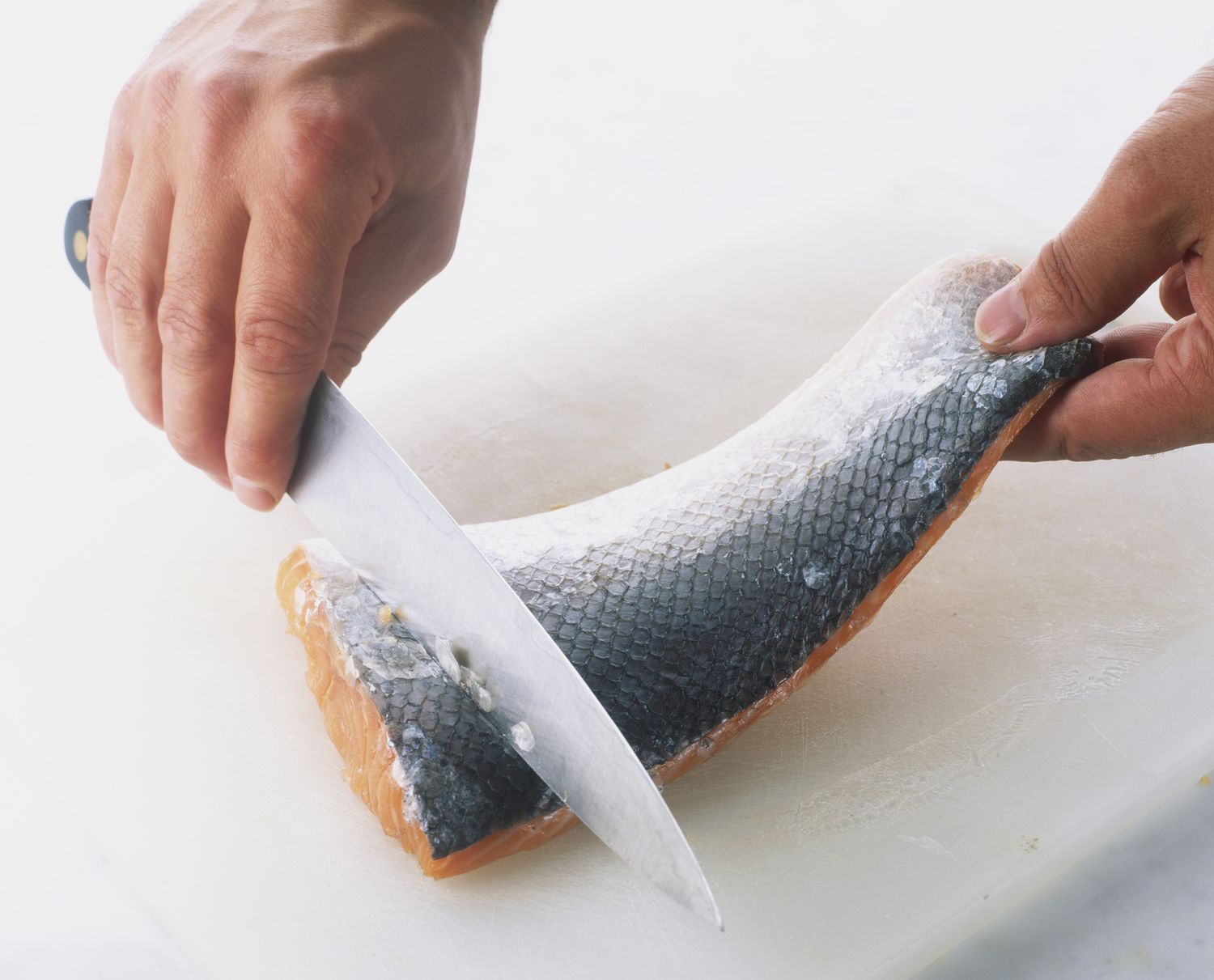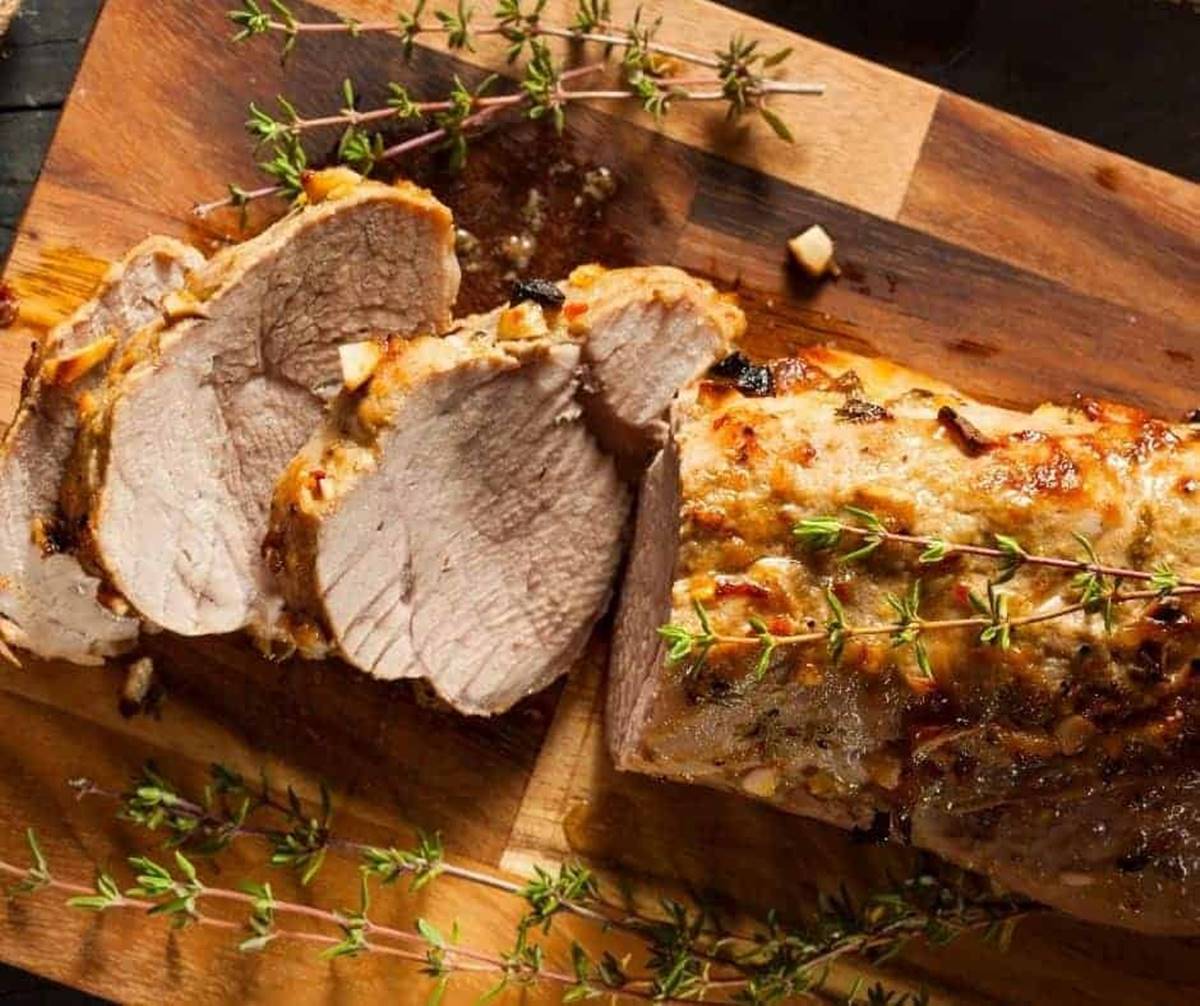Cooking Endive Greens: A Delicious and Nutritious Addition to Your Meals
If you’re looking to add a healthy and flavorful touch to your meals, look no further than endive greens. With their crisp texture and slightly bitter taste, endive greens serve as a versatile ingredient that can elevate a variety of dishes. From salads to grilled mains, there are numerous ways to prepare and enjoy this nutritious vegetable. In this post, we will explore some delicious recipes and techniques for cooking endive greens.
1. Grilled Endive Salad
This recipe combines the smoky flavors of grilling with the refreshing crunch of endive greens. Start by cutting the endive heads in half lengthwise and brush them with olive oil. Place them on a preheated grill and cook for about 3-4 minutes per side, until slightly charred. Once done, remove from the grill and let them cool slightly.
In the meantime, prepare a tangy vinaigrette by whisking together olive oil, lemon juice, Dijon mustard, minced garlic, salt, and pepper. Drizzle the vinaigrette over the grilled endive halves and top with crumbled feta cheese, cherry tomatoes, and toasted walnuts. Finish off with a sprinkle of chopped fresh herbs like parsley or basil. This vibrant and flavorful salad is sure to impress!
2. Braised Endive
Braised endive is a delightful side dish that brings out the natural sweetness of the greens. Start by gently separating the endive leaves and then cutting them in half lengthwise. Heat some butter in a pan over medium heat and add the endive halves, cut side down.
Sauté the endive for a couple of minutes until it starts to caramelize. Then, add a splash of vegetable or chicken broth to the pan, cover it, and reduce the heat to low. Let the endive simmer for about 10-15 minutes until tender. Once ready, season with salt, pepper, and a squeeze of lemon juice for an extra burst of freshness.
3. Endive and Pear Salad
This salad is a classic combination of contrasting flavors and textures. Start by slicing endive heads and arrange them on a serving plate. Add thinly sliced fresh pears, crumbled blue cheese, and toasted walnuts on top of the endive.
In a separate bowl, whisk together olive oil, balsamic vinegar, honey, Dijon mustard, salt, and pepper to make a tangy dressing. Drizzle the dressing over the salad and toss gently to coat all the ingredients. The result is a beautifully balanced salad that pairs perfectly with grilled chicken or seafood.
- Grilled Endive Salad
- Braised Endive
- Endive and Pear Salad
Endive greens offer a unique taste and texture that can enhance a wide range of dishes. Whether you prefer them grilled, braised, or in a fresh salad, these delicious greens are a wonderful addition to your culinary repertoire. So, pick up some endive greens on your next trip to the grocery store and try out these enticing recipes. Your taste buds will thank you!
Cooking endive greens can be a delightful culinary adventure. If one is keen to experiment, they might enjoy trying out the Grilled Endive and Goat Cheese Salad for a smoky flavor paired with creamy cheese. For a rich and tangy option, Braised Endive with Balsamic Reduction offers a perfect balance. The Endive and Blue Cheese Salad with Walnuts brings a robust, nutty crunch that contrasts well with the sharp cheese. Those with a sweet tooth might appreciate the Endive and Pear Salad with Honey Mustard Dressing, where the sweetness of pear complements the zesty dressing. For a quick and zesty dish, the Sautéed Endive with Garlic and Lemon is a must-try. To impress guests with a sophisticated side, Roasted Endive with Parmesan Cheese provides a crispy, cheesy delight. Each of these recipes showcases the versatility of endive, making them worthy additions to your culinary repertoire.
Was this page helpful?
Read Next: How To Cook Rabbit Stew In A Slow Cooker
